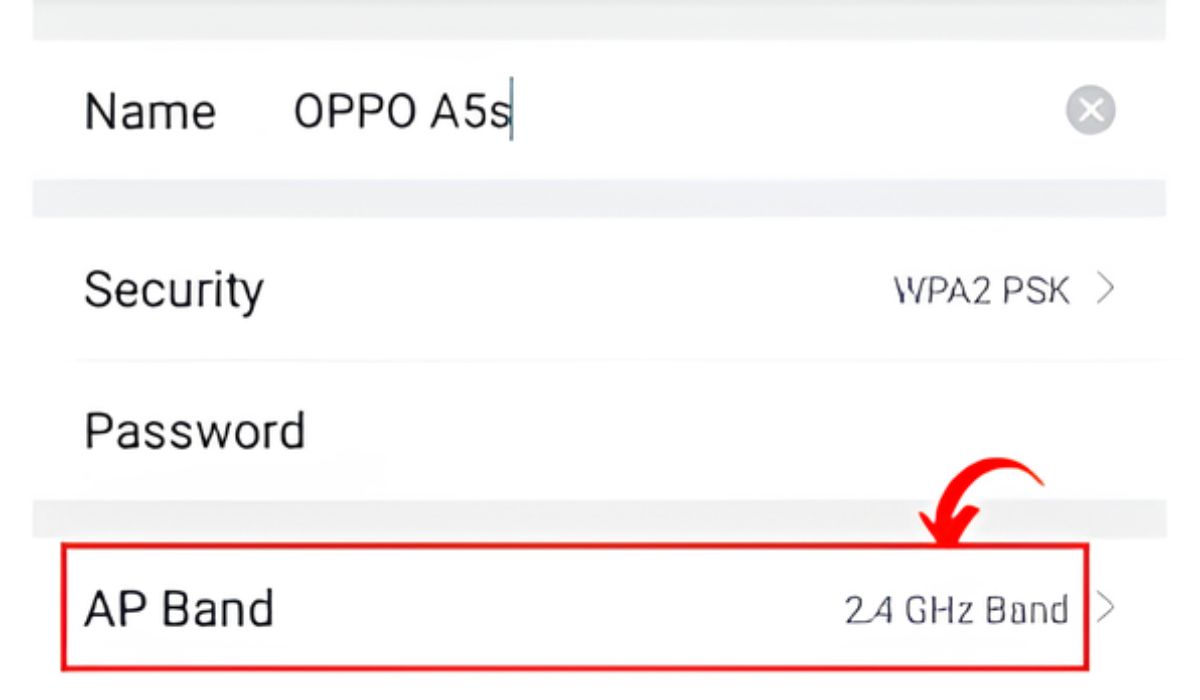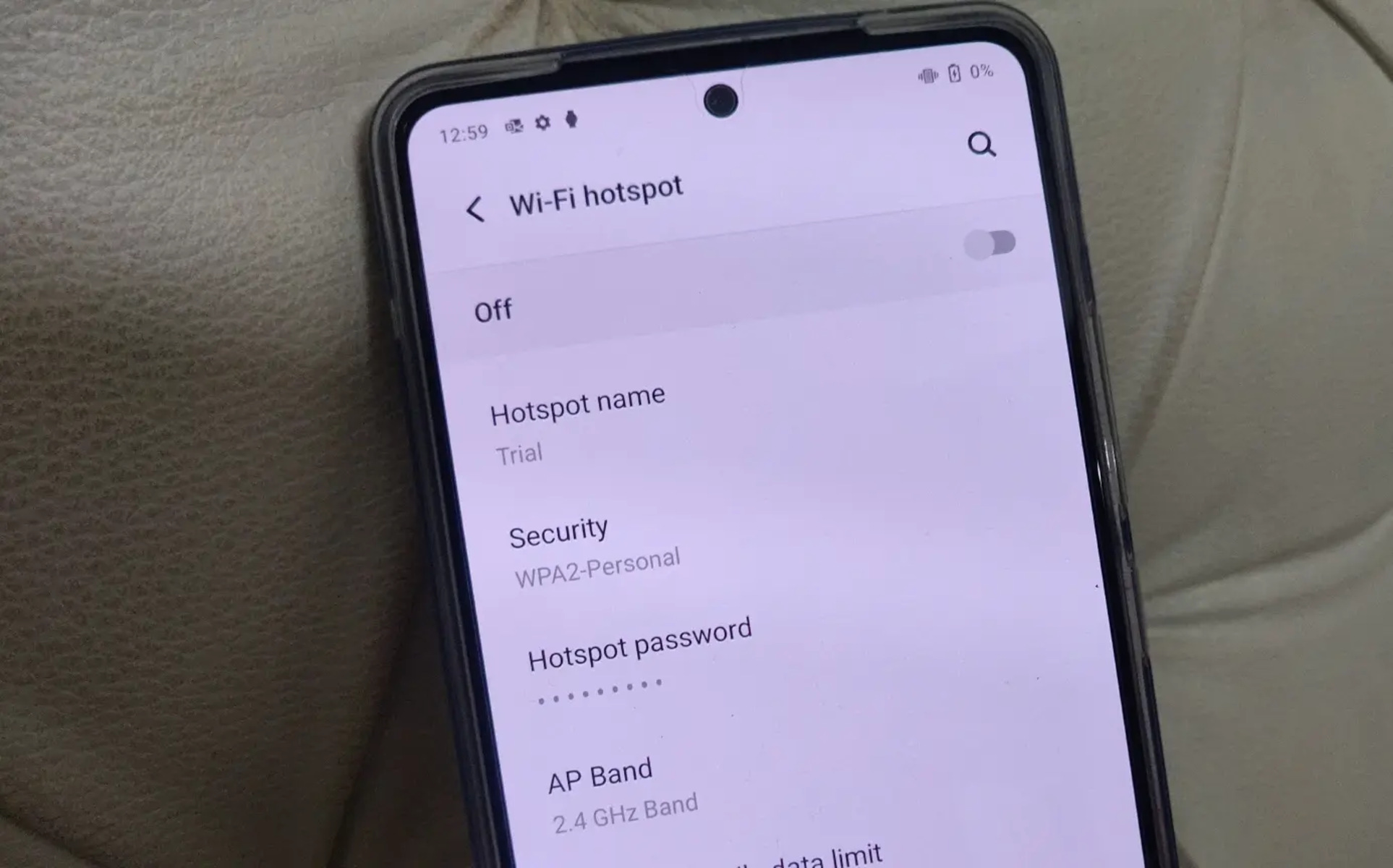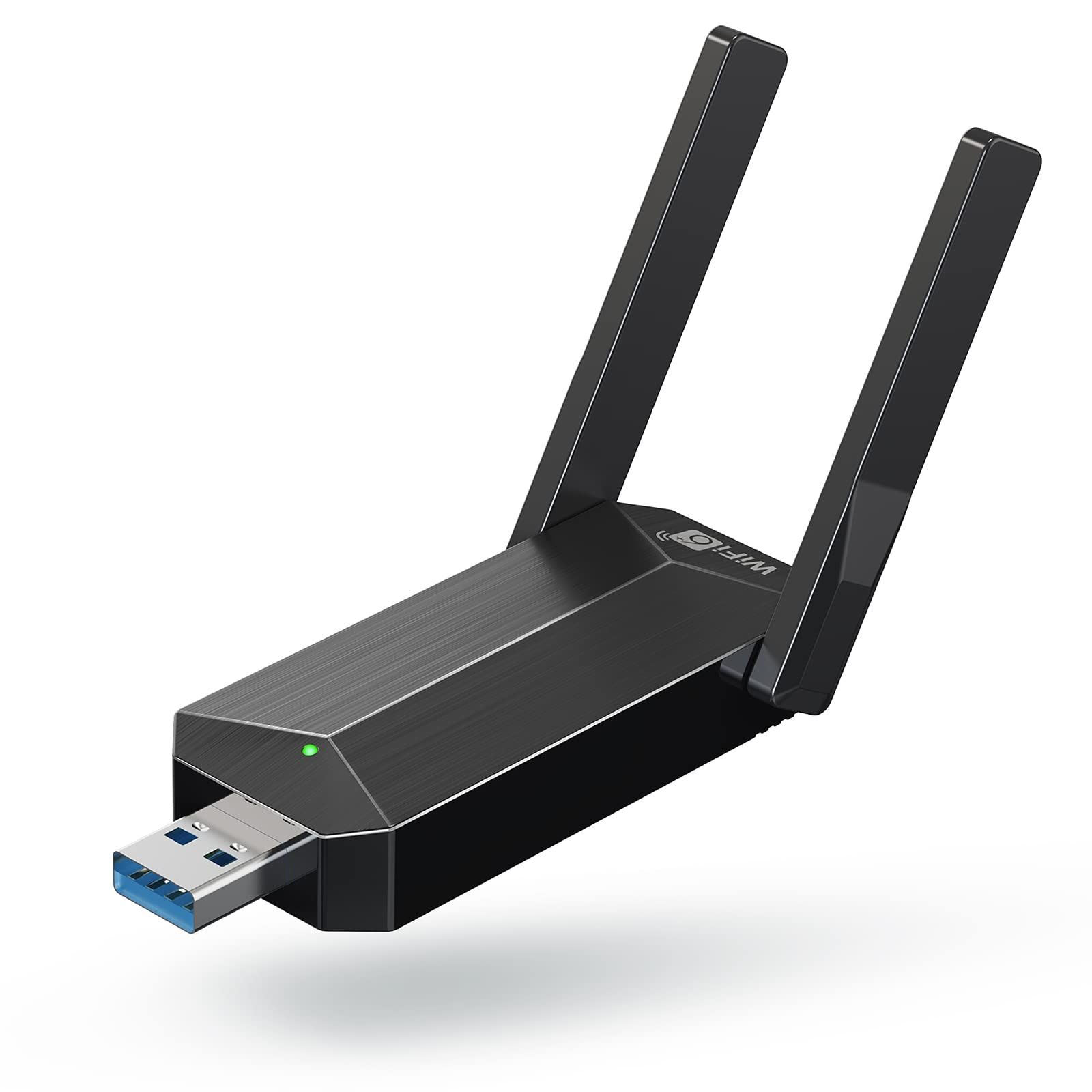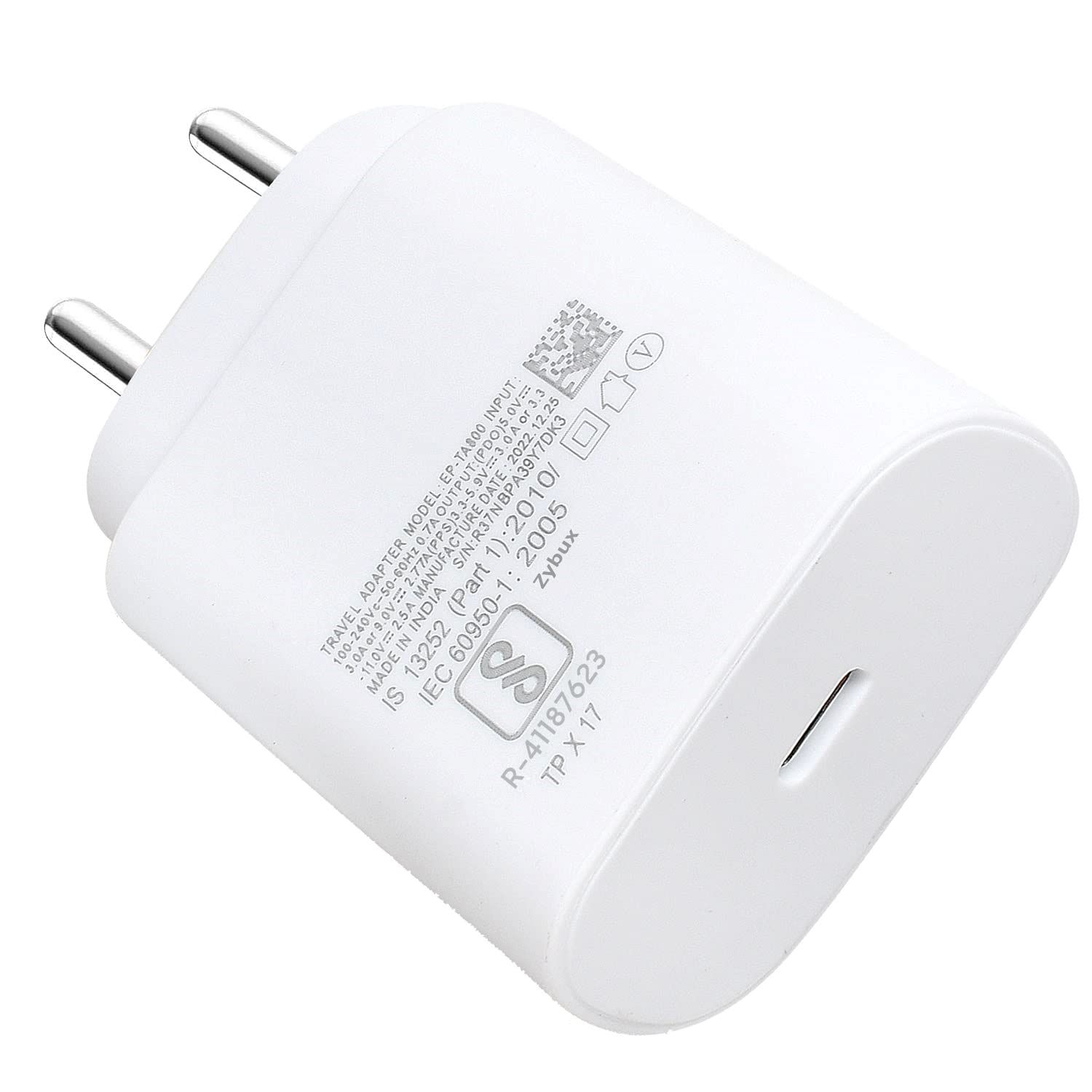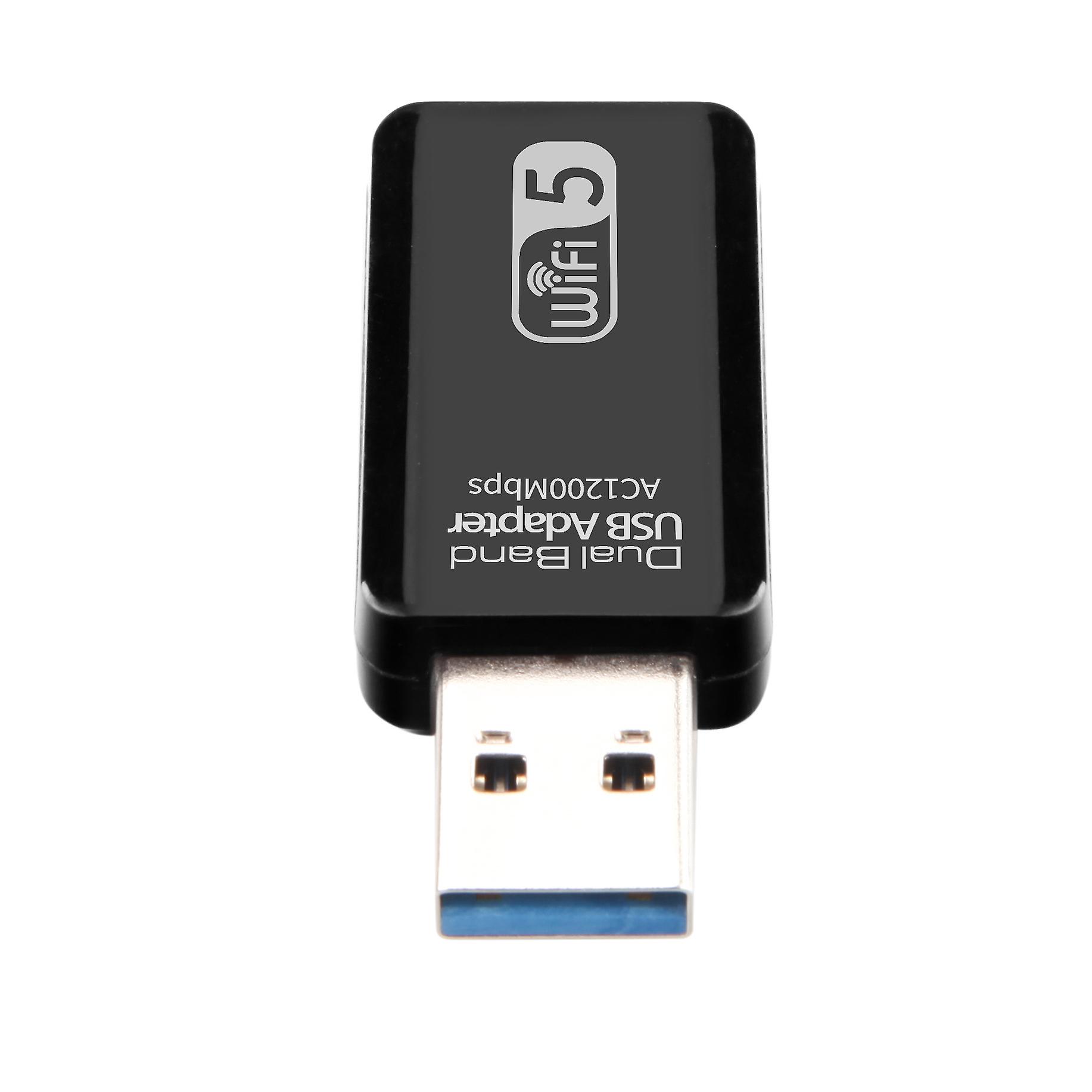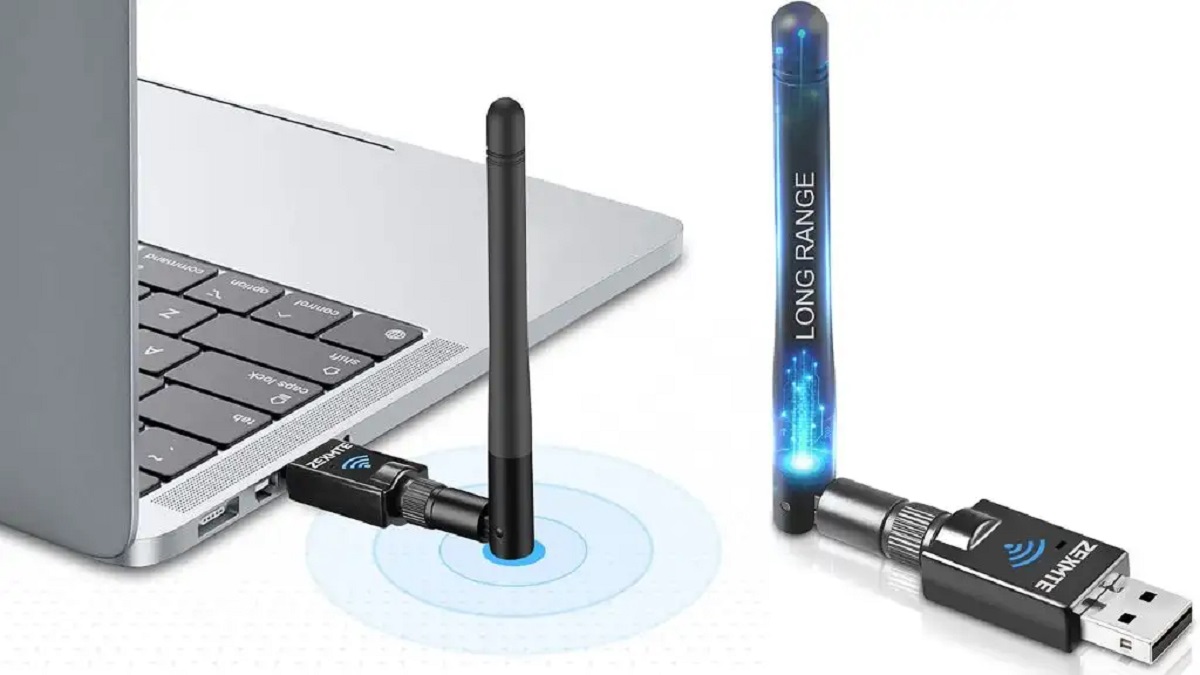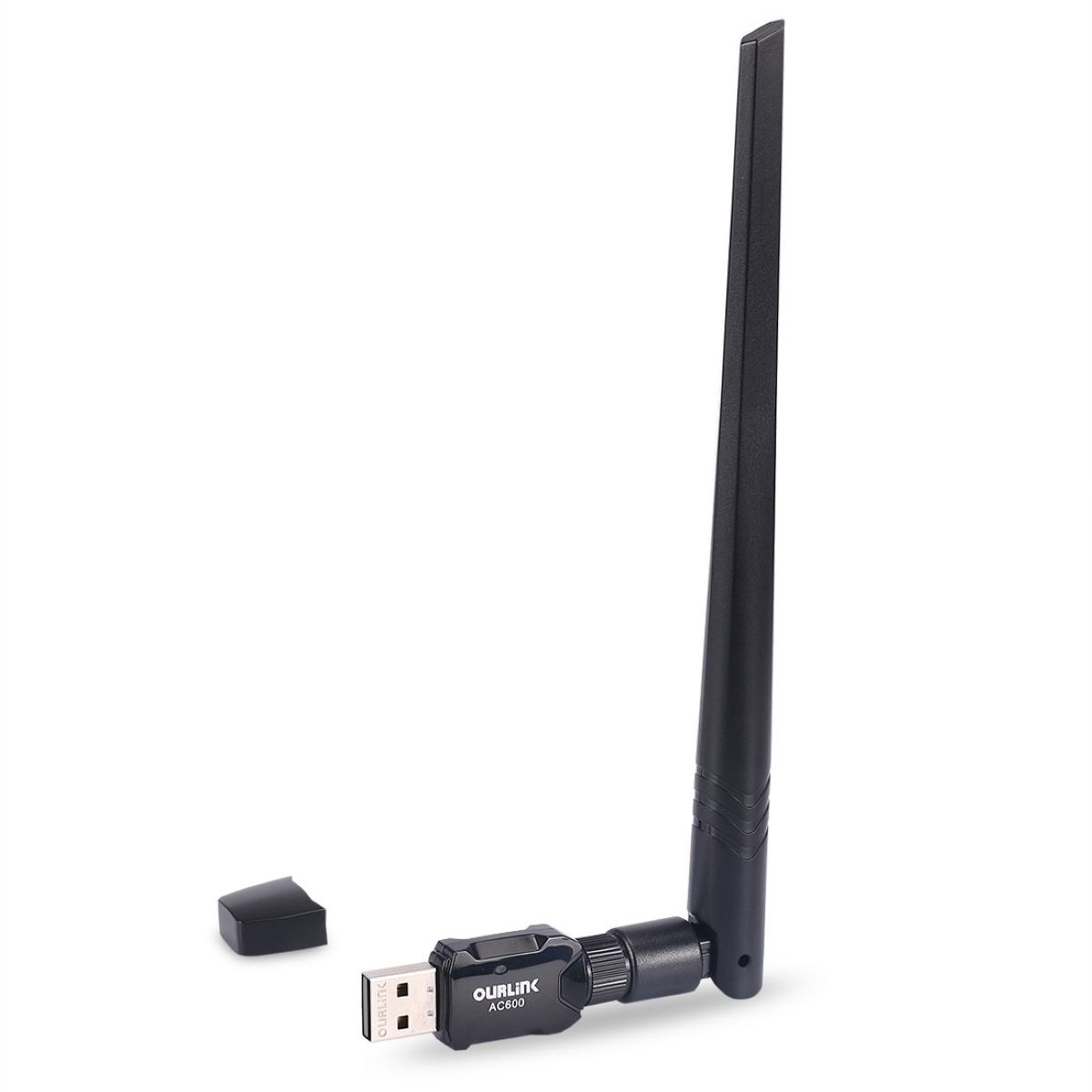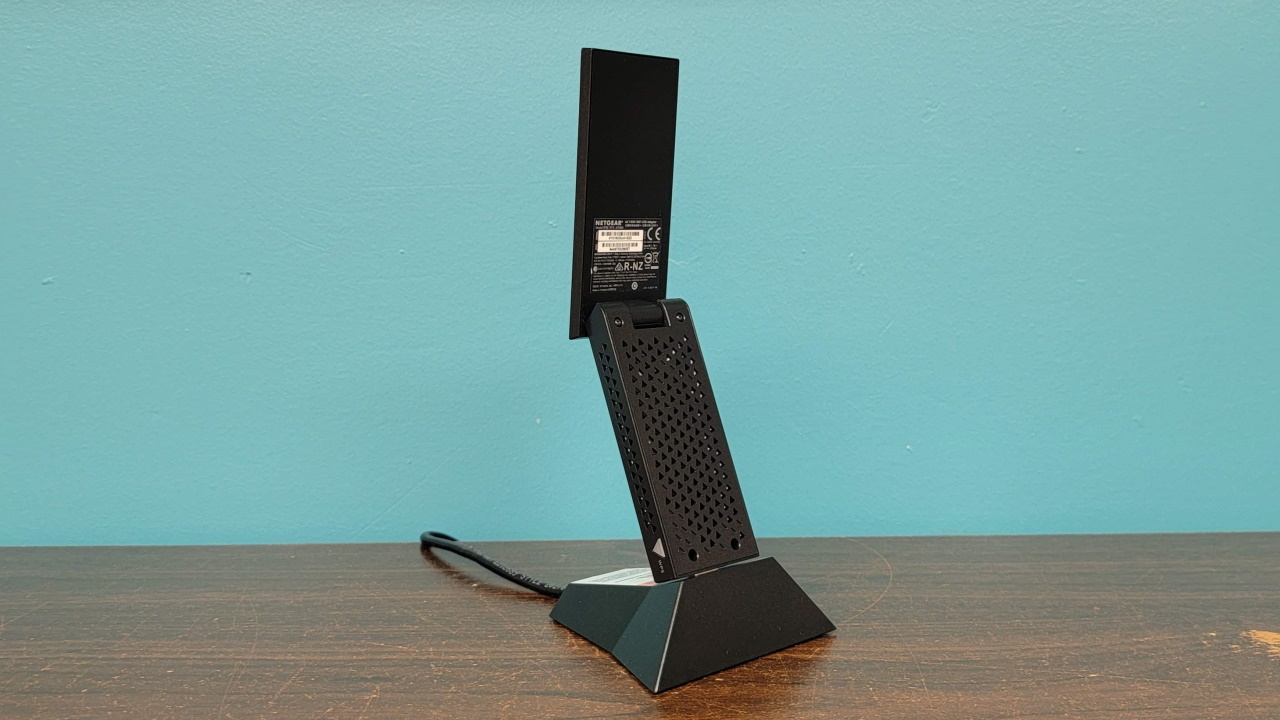Introduction
When it comes to staying connected on the go, mobile hotspots have become an indispensable tool for many individuals and businesses. These portable devices enable users to access the internet by creating a wireless network, allowing them to connect their smartphones, laptops, and other Wi-Fi-enabled devices to the internet, regardless of their location. However, understanding the technical aspects of mobile hotspots, such as the AP band, is crucial for optimizing their performance and ensuring a seamless online experience.
In this article, we will delve into the concept of AP bands in the context of mobile hotspots. By unraveling the terminology and shedding light on its significance, we aim to equip readers with a deeper understanding of this essential aspect of wireless connectivity. Whether you're a tech enthusiast, a frequent traveler, or a business professional seeking to maximize productivity on the go, grasping the intricacies of AP bands can empower you to make informed decisions and enhance your mobile internet experience. Let's embark on this enlightening journey into the realm of AP bands in mobile hotspots.
What is AP Band in Mobile Hotspot?
In the realm of wireless communication, the term "AP band" refers to the frequency band used by the Access Point (AP) in a mobile hotspot to create a Wi-Fi network. The AP band determines the specific radio frequencies at which the hotspot operates, facilitating the transmission of data between the hotspot and connected devices. Understanding the AP band is crucial for optimizing the performance and coverage of a mobile hotspot, as well as for ensuring compatibility with various devices and network environments.
The most common AP bands used in mobile hotspots are 2.4 GHz and 5 GHz. Each band has its own unique characteristics and implications for wireless connectivity. The 2.4 GHz band, for instance, offers wider coverage and better penetration through walls and obstacles, making it suitable for providing Wi-Fi access over a larger area. On the other hand, the 5 GHz band is known for its higher data transfer speeds and reduced interference from other devices operating on the same frequency, making it ideal for high-bandwidth activities such as HD video streaming and online gaming.
It's important to note that the choice of AP band can significantly impact the overall performance of a mobile hotspot. Factors such as network congestion, interference from nearby devices, and the capabilities of connected devices all come into play when selecting the most suitable AP band. Moreover, some devices may only support one of the two bands, while others are capable of connecting to both, further underscoring the importance of understanding and managing AP bands in mobile hotspot setups.
In essence, the AP band in a mobile hotspot serves as the foundation of its wireless connectivity, dictating the range, speed, and compatibility of the Wi-Fi network it creates. By gaining a clear understanding of the implications and nuances associated with different AP bands, users can make informed decisions when configuring their mobile hotspots, ultimately enhancing their wireless experience and productivity on the go.
Understanding the Terminology
When delving into the terminology associated with AP bands in mobile hotspots, it's essential to grasp the significance of terms such as 2.4 GHz and 5 GHz, which represent the primary frequency bands utilized by these devices. The 2.4 GHz band, a longstanding staple in wireless communication, offers extensive coverage and the ability to penetrate obstacles, making it suitable for providing Wi-Fi access across larger areas. This band is commonly chosen for general internet browsing, email, and other routine online activities due to its reliability and wide compatibility with a broad range of devices.
On the other hand, the 5 GHz band has gained prominence for its capacity to deliver higher data transfer speeds, making it ideal for bandwidth-intensive applications such as HD video streaming, online gaming, and large file downloads. Moreover, the 5 GHz band is less susceptible to interference from other devices operating on the same frequency, contributing to a more stable and seamless wireless experience.
Understanding the implications of these frequency bands is crucial for optimizing the performance of a mobile hotspot. For instance, in densely populated urban environments where network congestion and interference are common, the 5 GHz band may offer a more reliable and efficient connection, particularly for bandwidth-heavy tasks. Conversely, in scenarios where extensive coverage is paramount, the 2.4 GHz band proves advantageous due to its ability to traverse obstacles and reach a broader area.
Furthermore, the concept of dual-band mobile hotspots, which support both 2.4 GHz and 5 GHz bands, introduces a new dimension to the terminology. Such devices offer increased flexibility, allowing users to leverage the strengths of each band based on their specific connectivity needs and the capabilities of their connected devices. This versatility empowers users to tailor their wireless experience to suit a diverse range of usage scenarios, whether it involves streaming media, conducting video calls, or simply staying connected while on the move.
In essence, understanding the terminology related to AP bands in mobile hotspots equips users with the knowledge needed to make informed decisions when configuring their devices. By recognizing the distinct characteristics and applications of the 2.4 GHz and 5 GHz bands, individuals can optimize their wireless connectivity, enhance their productivity, and enjoy a seamless online experience tailored to their unique needs and preferences.
Conclusion
In conclusion, the concept of AP bands in mobile hotspots is a pivotal aspect of wireless connectivity that warrants attention and understanding. By unraveling the terminology and implications associated with the 2.4 GHz and 5 GHz bands, users can make informed decisions when setting up and configuring their mobile hotspots. The 2.4 GHz band, with its extensive coverage and ability to penetrate obstacles, caters to a wide array of devices and routine online activities, making it a reliable choice for general internet usage. On the other hand, the 5 GHz band's higher data transfer speeds and reduced interference make it ideal for bandwidth-intensive applications, offering a seamless experience for HD video streaming, gaming, and large file downloads.
Moreover, the emergence of dual-band mobile hotspots, capable of supporting both 2.4 GHz and 5 GHz bands, introduces a new level of versatility and adaptability. This allows users to leverage the strengths of each band based on their specific connectivity needs and the capabilities of their devices, ensuring an optimized wireless experience tailored to diverse usage scenarios.
By grasping the nuances of AP bands, users can navigate the complexities of wireless connectivity with confidence, maximizing the performance and coverage of their mobile hotspots while ensuring compatibility with a wide range of devices and network environments. Whether it's staying connected on the go, facilitating remote work, or simply enjoying seamless internet access while traveling, a deeper understanding of AP bands empowers users to harness the full potential of their mobile hotspots, enhancing productivity and enriching their online experiences.
In essence, the world of AP bands in mobile hotspots is a dynamic landscape that offers users the opportunity to tailor their wireless connectivity to suit their unique preferences and usage patterns. As technology continues to evolve and connectivity becomes increasingly essential in our daily lives, the ability to comprehend and leverage AP bands effectively will undoubtedly play a crucial role in shaping our wireless experiences for years to come.







